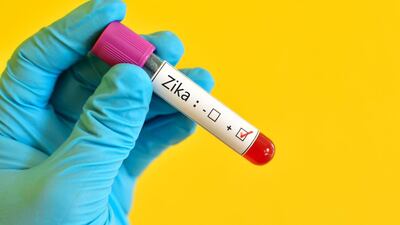The US Food and Drug Administration’s latest draft guidance on medical device cybersecurity has evolved since the agency’s last update in 2018 because so has the threat, says Suzanne Schwartz, director of the Office of Strategic Partnerships and Technology Innovation within the agency’s device center.
Schwartz told Medtech Insight on 11 April that the new guidance the agency issued on 8 April that essentially replaces its 2018 version (which itself updated the agency’s original 2014...
Read the full article – start your free trial today!
Join thousands of industry professionals who rely on Medtech Insight for daily insights
- Start your 7-day free trial
- Explore trusted news, analysis, and insights
- Access comprehensive global coverage
- Enjoy instant access – no credit card required
Already a subscriber?








